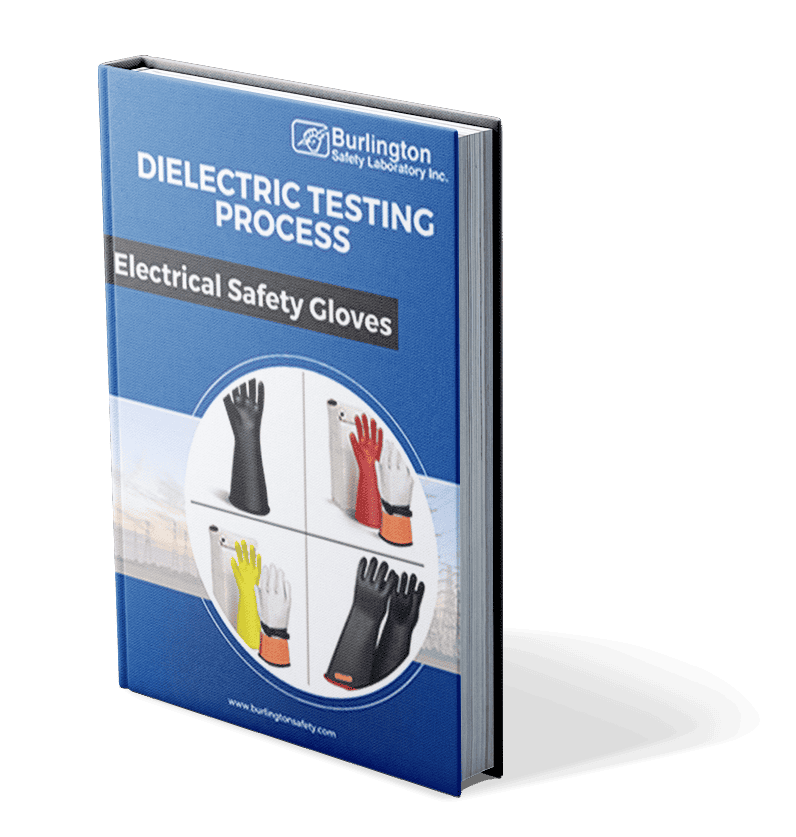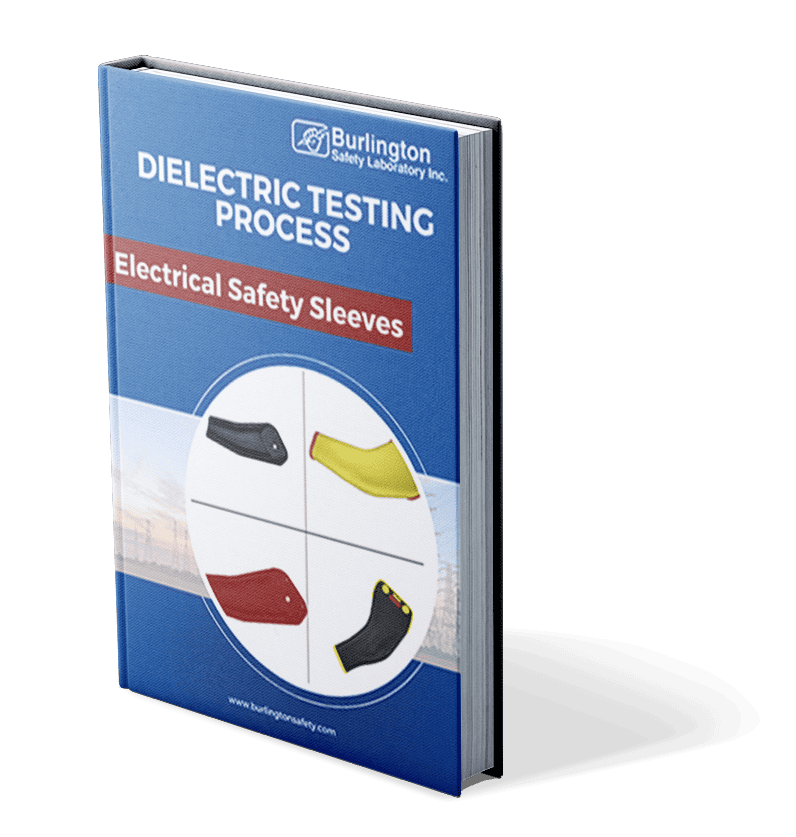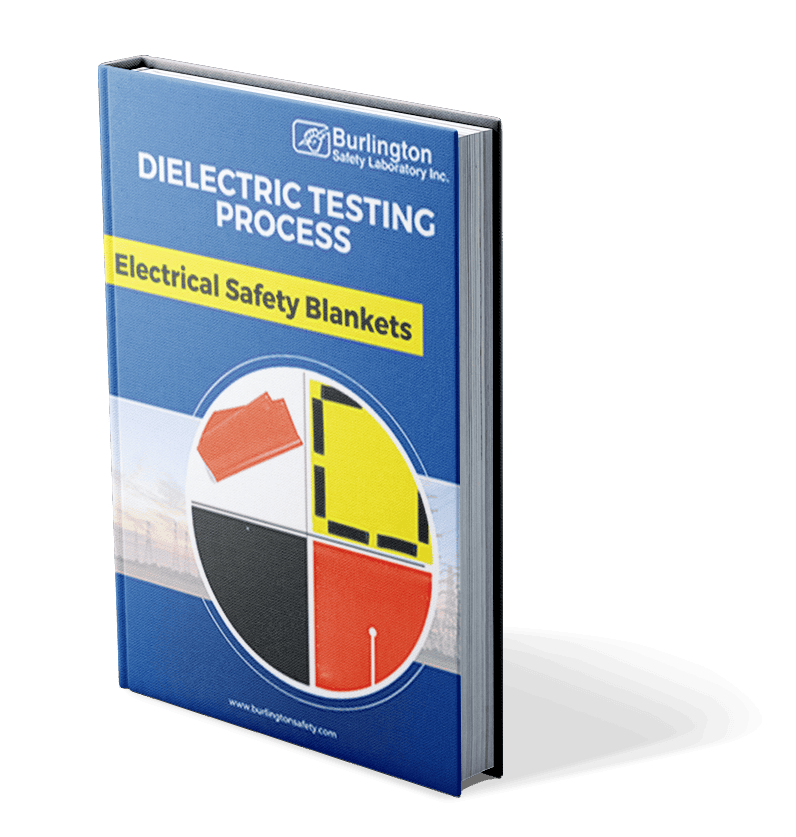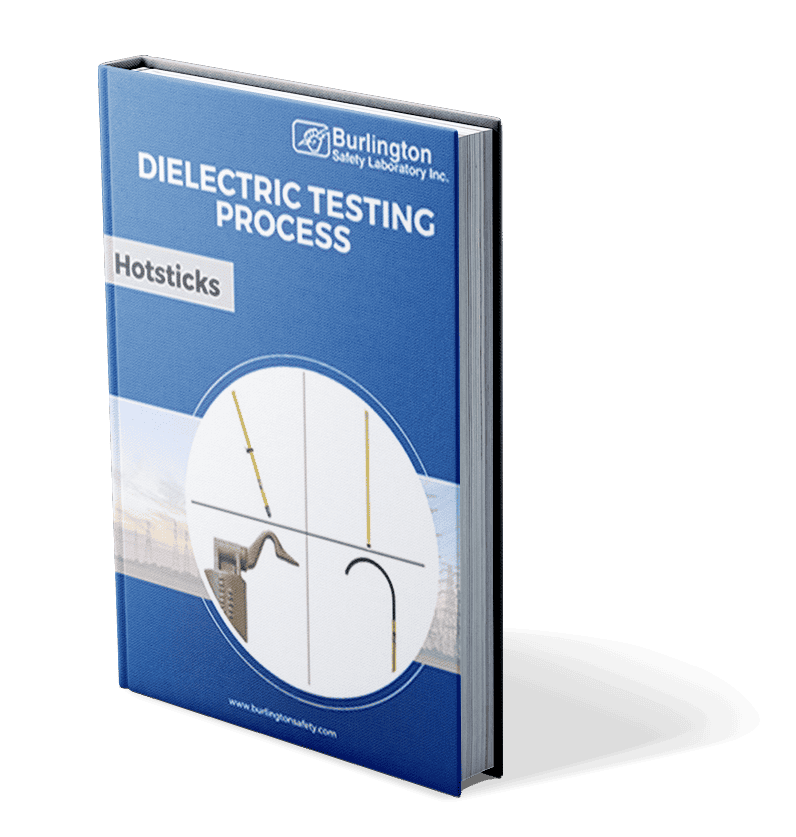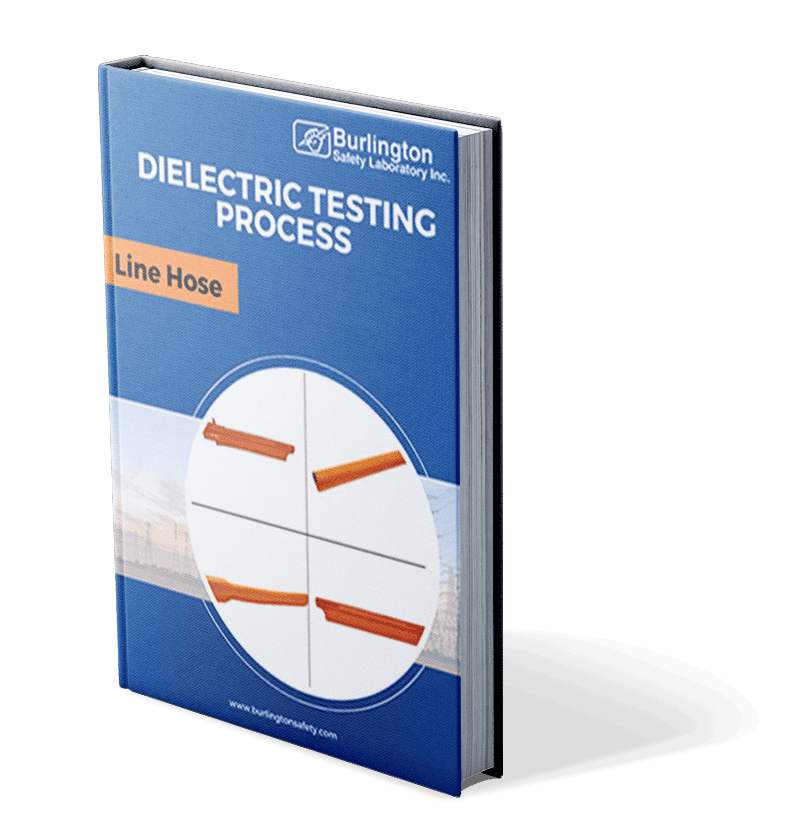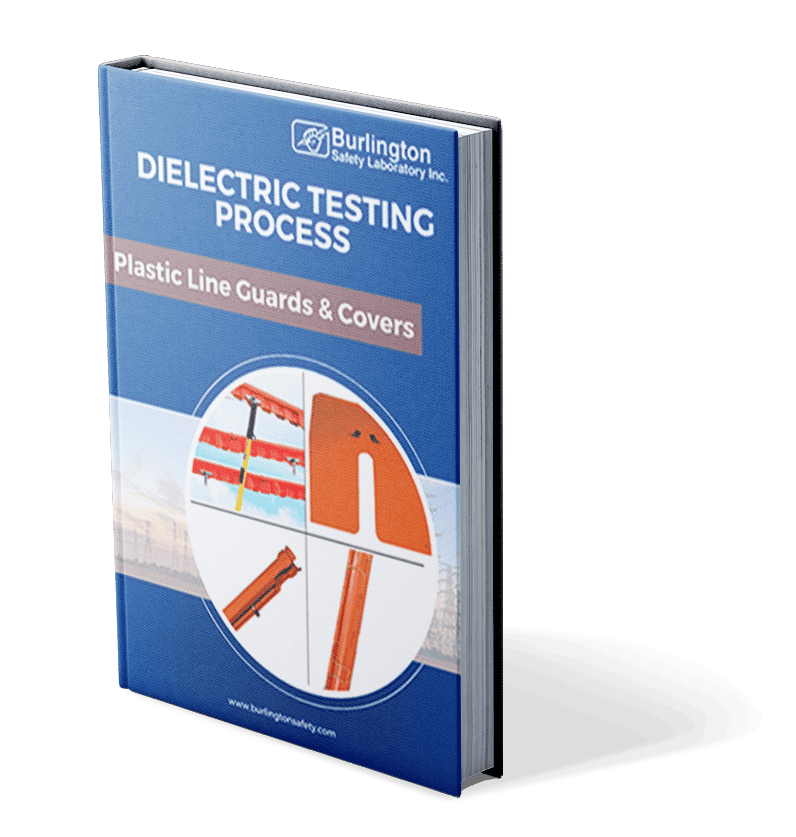Certified Laboratory Testing Program
Burlington Safety Laboratory has been testing protective equipment since 1971. We are accredited by NAIL for PET, and our test procedures meet or exceed ASTM/ANSI, MIL Specs, NFPA 70E, FED and CAL OSHA standards. Our quality control procedures include thorough and accurate records of each and every article tested, along with dates and test values. Burlington Safety Laboratory’s technicians are fully trained before they perform critical tests on your personal protective equipment.
| PRODUCTS | ASTM/ANSI STANDARDS | TESTING INTERVALS |
|---|
| Gloves | D120/F496 | Every 6 months |
| Sleeves | D1051/F496 | Every 12 months |
| Boots | F1116/F1117 | Every 6 months |
| Blankets | D1048/F479 | Every 12 months |
| Line Hose | D1050/F478 | Every 12 months |
| Rubber Insulating Covers | D1049/F478 | Every 12 months |
| Rubber Insulating Matting | D178 | Every 12 months |
| Hot Stick and Hot Line Tools | F711 | Every 2 years |
| Insulating Plastic Guards | F712 | Every 12 months |
| Grounds and Jumpers | F855/F2321 | Every 12 months |
| Insulating Aerial Devices | ANSI-A92.2 | Every 12 months |
Typical Test Procedure
- Solvent Cleaning - Solvent is environmentally acceptable, MSDS statement provided
- Detergent Washing - Mild detergent is used, MSDS statement provided.
- Dielectric Testing - Procedure is done in accordance with ASTM Standards, Rubber goods are rejected during this step for:
- Electrical breakdown.
- Leakage current exceeding maximum limits set forth in ASTM Standards.
- Drying - Drying is done with circulating warm air.
- Visual Inspection - Rubber goods are carefully inspected inside and out for age cracking, imperfections in the rubber, minor tears, chemical attack and corona cutting.
- Stamping - Rubber goods are stamped in ink and the boxes are labeled in accordance with ASTM.
- Packing - Rubber goods will be packed in cartons. Rejected gloves shall be so marked and returned.
- Documentation - Written certification of results will be furnished for all tested materials.
The Dielectric Testing Process in Detail
Download any (or all) of the ebooks below for a quick but complete description of the dielectric testing process every product goes through that is provided to Burlington Safety for testing.

